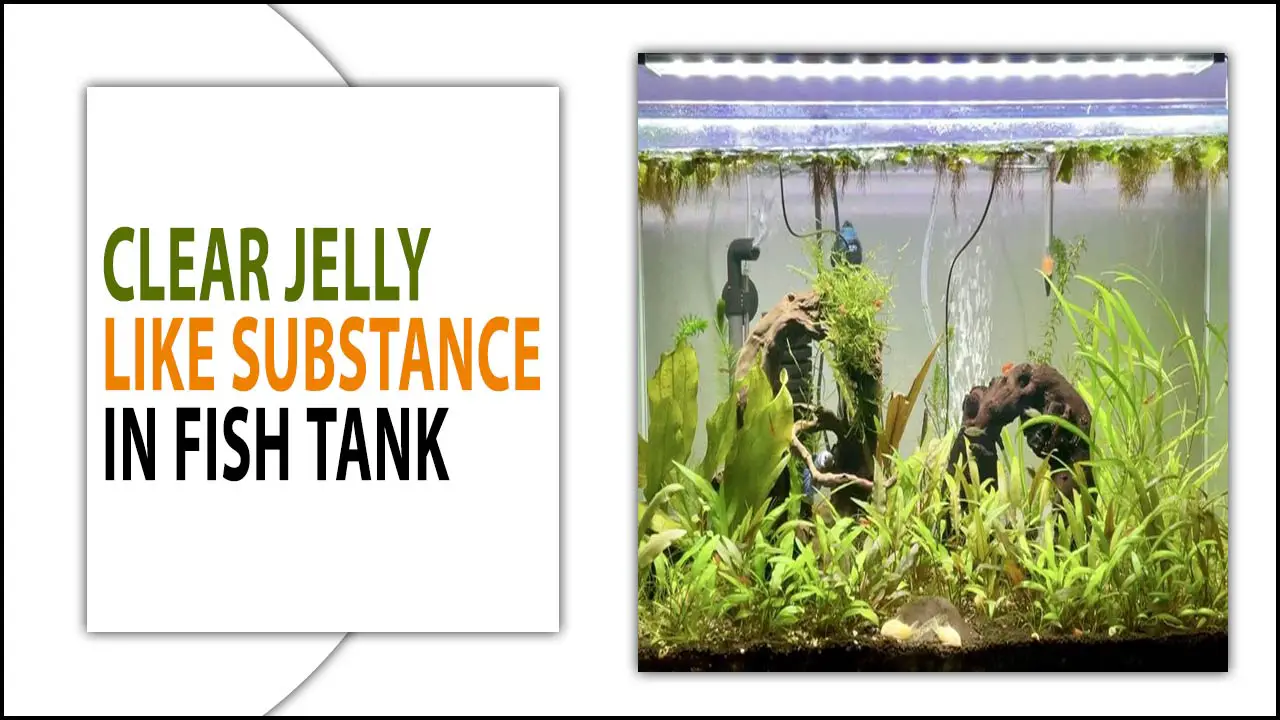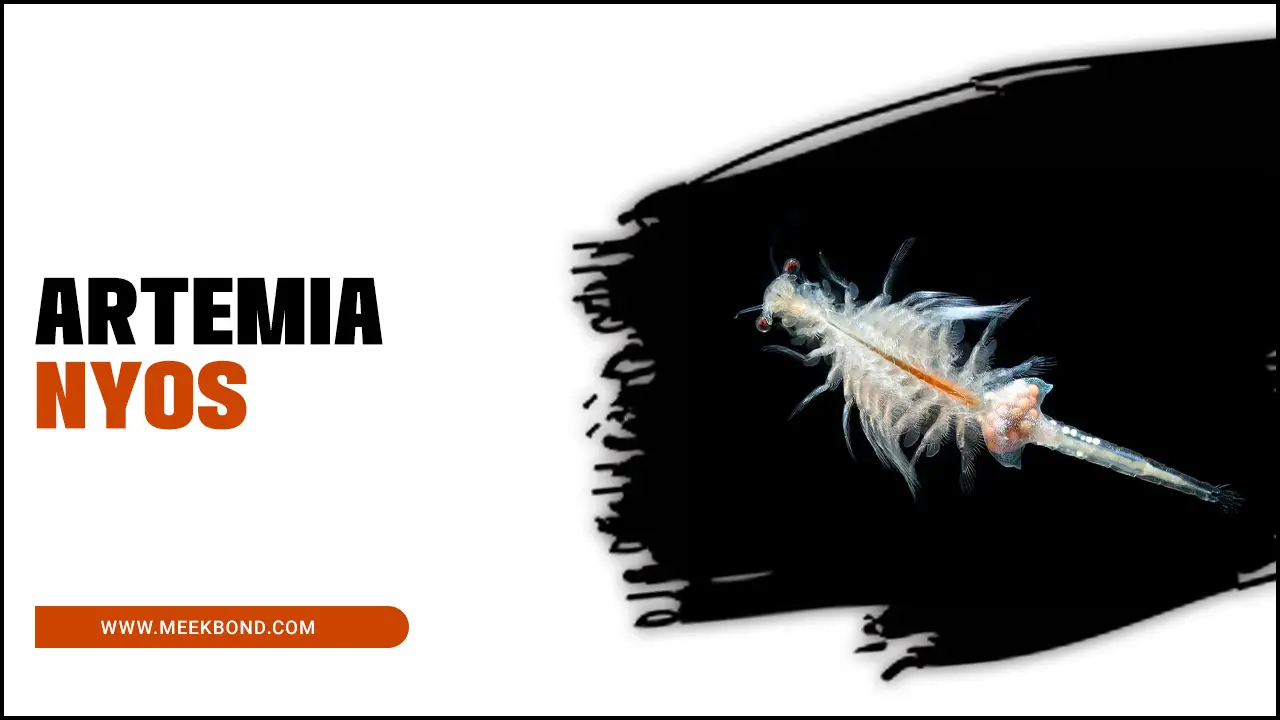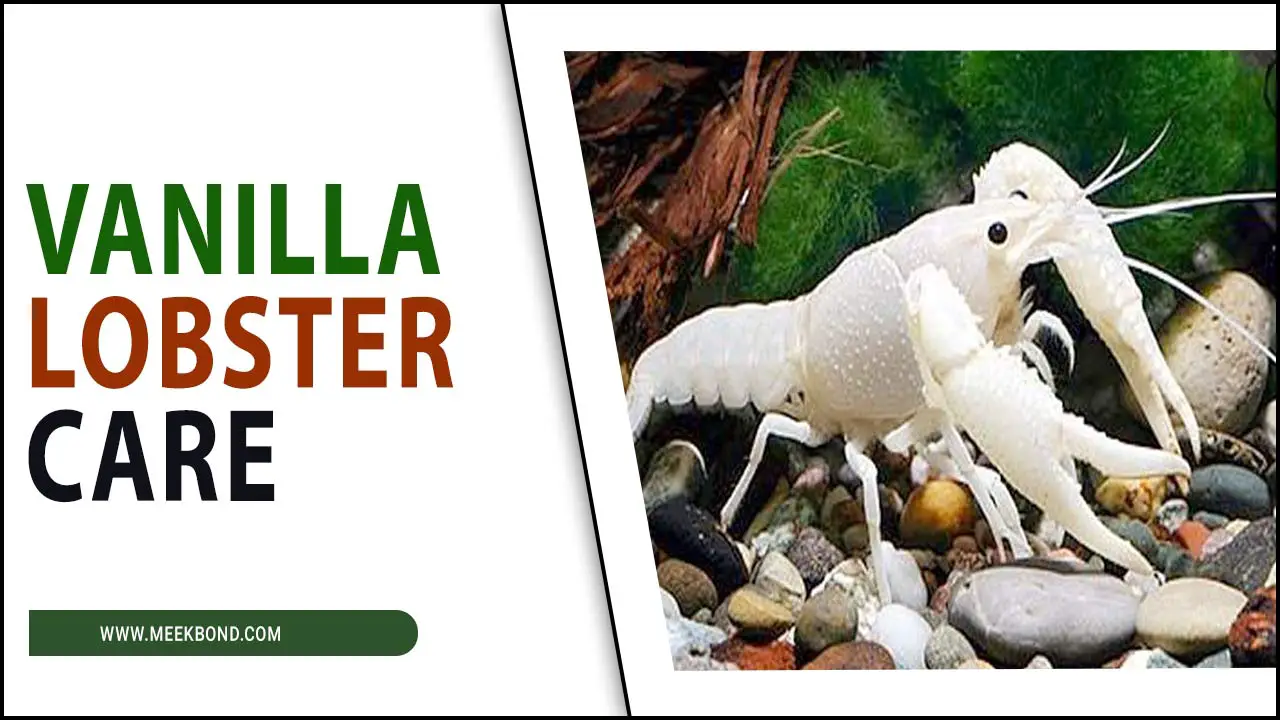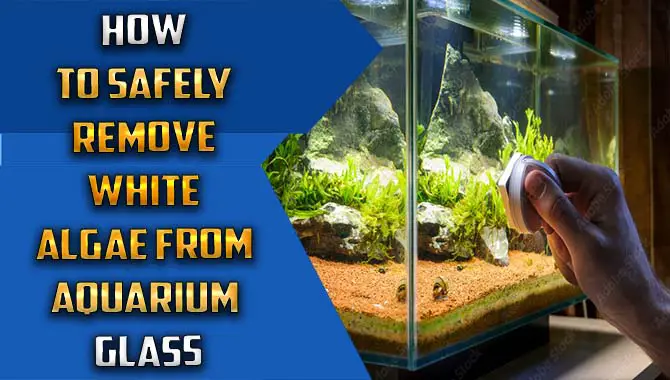Pineconing in betta fish is a symptom of dropsy. It is characterized by the swelling and protrusion of the scales on the fish’s body. This condition can be caused by various factors, including bacterial infections, poor water quality, or underlying health issues.
Treatment for betta pineconing may involve antibiotics, regular water changes, and addressing the condition’s underlying cause. We will review everything you need to know about Betta-pine coning – its symptoms, causes, and proper treatment guidelines.
We’ll also discuss ways to prevent this condition from occurring in the first place by maintaining good water chemistry and providing proper nutrition to your betta fish. So, let’s dive into betta fish care and learn how to keep your little buddies healthy and happy.
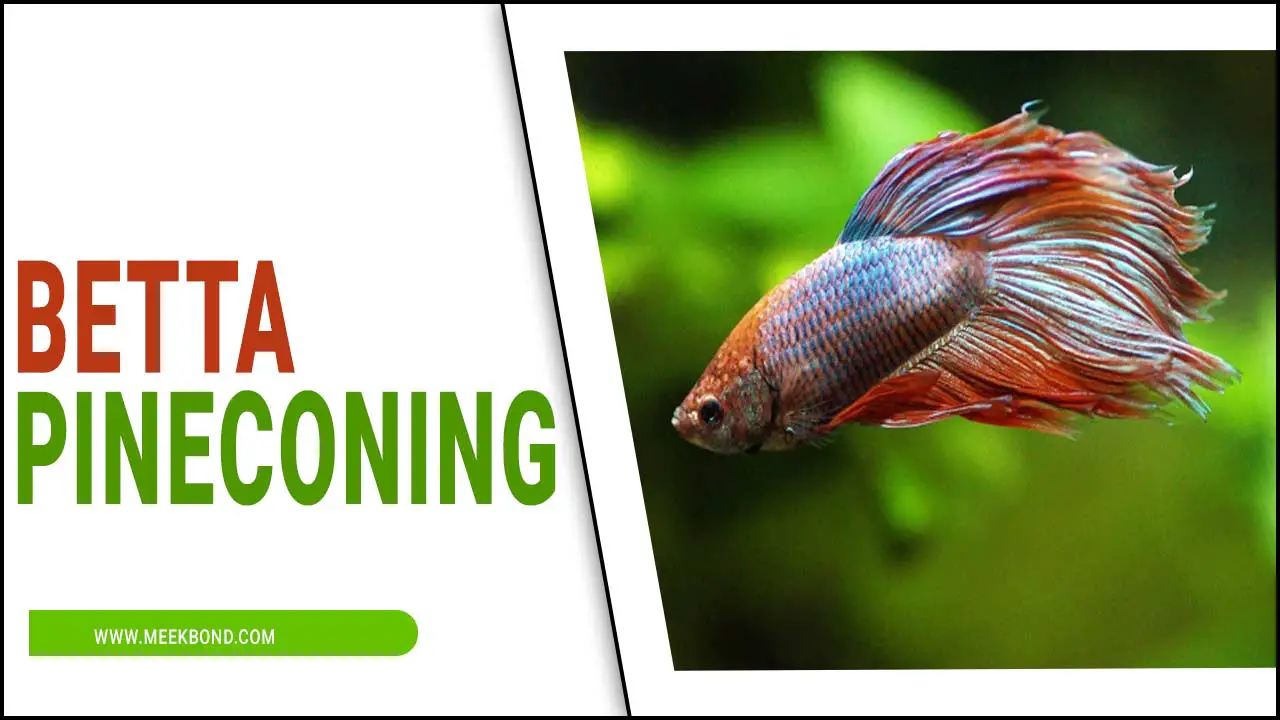
Betta Pineconing: Causes, Symptoms & Treatment
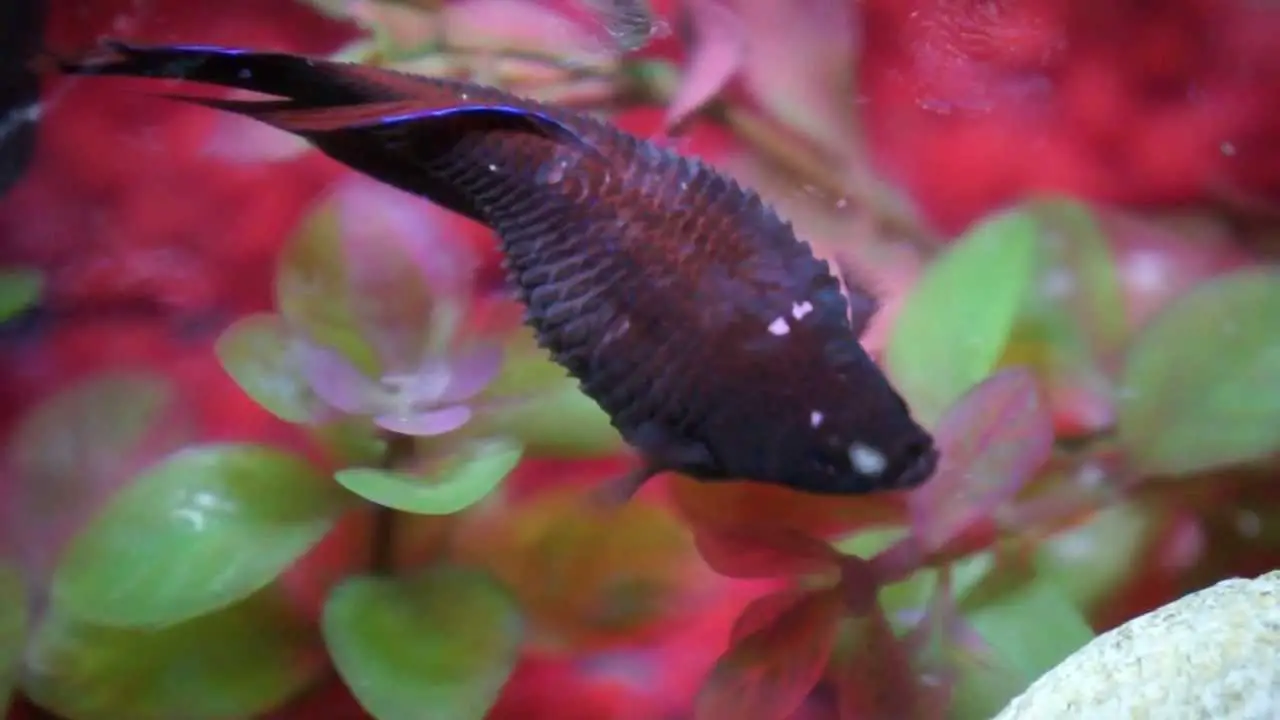
Proper guidelines for dealing with betta pineconing include understanding the symptoms and causes of this condition. Betta-pine coning is characterized by the swelling and protrusion of the scales on the fish’s body, which can be caused by bacterial infections, poor water quality, or underlying health issues.
The initial treatment steps involve administering medication at the appropriate dosage, making regular water changes, and adjusting the temperature to create a suitable environment for the fish.
Preventing pine-coning requires proper betta care and maintenance, including maintaining good water quality, providing a balanced diet, and ensuring the fish’s overall well-being. Identifying and addressing any underlying health issues contributing to pinecone is essential. Below discuss more in detail on Betta-pine coning Symptoms & Treatment.
Symptoms Of Betta-Pine Coning
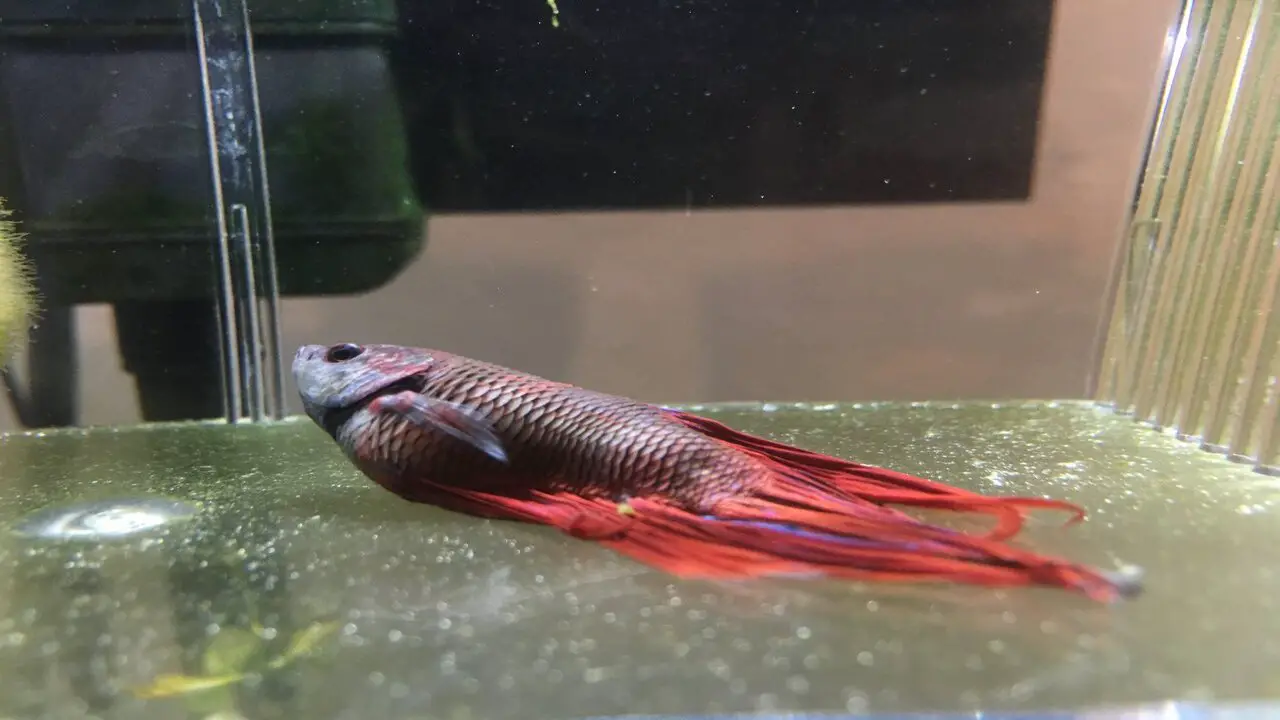
Several symptoms can identify betta-pine coning. One of the most noticeable signs is the betta fish’s swollen and bloated appearance. Another symptom is the raised scales, which give the fish a distinctive “pinecone” appearance. Lethargy and decreased activity levels are also common indicators of betta-pine coning.
Loss of appetite and difficulty swimming may also be observed in affected fish. Regarding treatment options, antibiotics are often prescribed to address the bacterial infection causing the condition. Salt baths and regular water changes are also recommended to improve water quality and reduce stress on the betta fish.
Causes Of Betta-Pineconing
Pineconing in betta fish is not a standalone condition but a symptom of underlying health issues. Bacterial infections, poor water quality, and stress factors such as overcrowding or incorrect water temperature can all lead to pinecones. Overfeeding or feeding poor-quality food can also contribute to this condition.
Identifying the cause of pine coning and addressing it effectively to treat the betta fish successfully is essential. Treatment options may include antibiotics, regular water changes, and improved diet and living conditions. Betta-pine coning can be resolved by addressing the root cause and providing appropriate care.
Role Of Poor Diet
A balanced diet with proper nutrients is crucial for the optimal health of betta fish. Poor diet is one of the main factors contributing to betta-pinecone, a condition characterized by the appearance of raised scales. Feeding your betta fish too much or too little can lead to health problems, including pinecone. A lack of variety in their diet can also contribute to poor health and pine coning symptoms.
To ensure your betta’s diet is suitable for their needs, it’s advisable to consult with a veterinarian or experienced betta fish owner. They can guide the appropriate nutrition for your betta fish, helping to prevent the development of serious infections and maintaining their overall well-being.
Impact Of Internal Infections
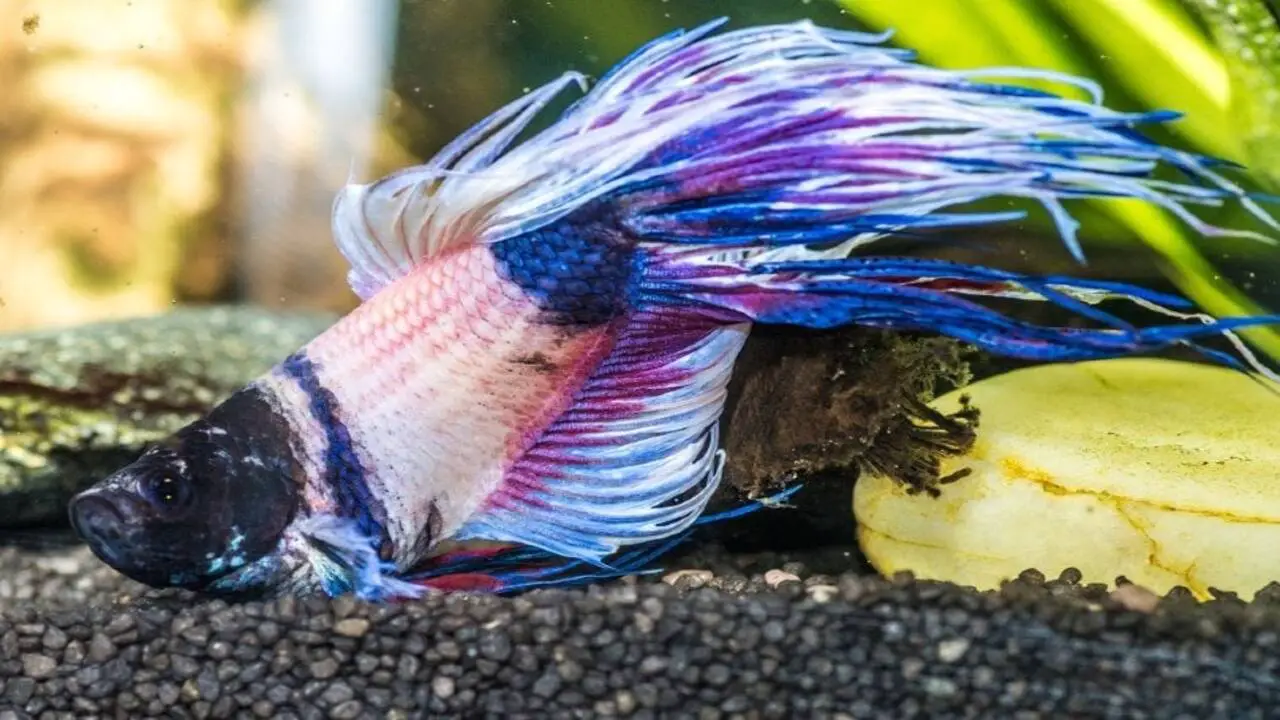
Internal infections can significantly impact betta fish health, potentially leading to the condition known as pinecone. Various factors, including bacteria, parasites, and viruses, can cause these infections. When a betta fish is affected by an internal infection, it may display symptoms such as lethargy, loss of appetite, and bloating.
The treatment options for internal infections depend on the specific type and severity of the infection. It is important to address these infections promptly to prevent further complications. Additionally, implementing preventative measures like proper tank maintenance and water quality control can help reduce the risk of internal infections in betta fish.
Influence Of Stress
Stress plays a significant role in the development of betta-pine coning. Factors such as overcrowding, poor water quality, and sudden environmental changes can all contribute to stress in betta fish. When bettas are stressed, their immune systems weaken, making them more vulnerable to illnesses like pinecone. To prevent stress-induced betta-pine coming, it is crucial to maintain a clean and stable environment for your fish.
This includes regularly monitoring and maintaining water parameters, providing proper filtration and oxygenation, and ensuring appropriate tank size and setup. In cases where stress has already led to pine coning, treatment involves addressing the underlying cause of stress and providing appropriate medication to support the fish’s recovery. Minimizing stress and optimizing their environment can help your betta fish thrive and reduce the risk of serious infections like pinecone.
Treatment For Betta-Pineconing
To treat betta-pine coning effectively, understand the symptoms: erect scales that resemble a “pinecone.” Move the affected betta to a separate tank with clean, warm water for an optimal healing environment. Adding aquarium salt can promote healing and reduce stress.
Combat bacterial infections with antibiotics like Kanaplex or Furan-2. Monitor progress closely and adjust the treatment plan as needed. Seek veterinary assistance if necessary for the best outcome. Follow these steps to alleviate pine coning symptoms and promote your betta’s well-being.
Identifying Pineconing In Betta Fish
Identifying pine coning in betta fish is crucial for early detection and prompt treatment. Pineconing refers to a condition where the scales of a betta fish become raised, resembling a pine cone. It is accompanied by other symptoms such as loss of appetite, lethargy, and a swollen belly. Pineconing can be caused by various factors, including bacterial infections, overfeeding, and poor water quality.
Treatment options for this condition include regular water changes to maintain optimal water parameters, medication such as antibiotics, and quarantining the affected fish. Monitoring the betta fish closely during treatment and ensuring proper nutrition to support their immune system is essential. By promptly identifying the pinecone appearance and providing timely treatment, the betta fish has a better chance of successful recovery.
Administering Antibiotics For Betta-Pineconing
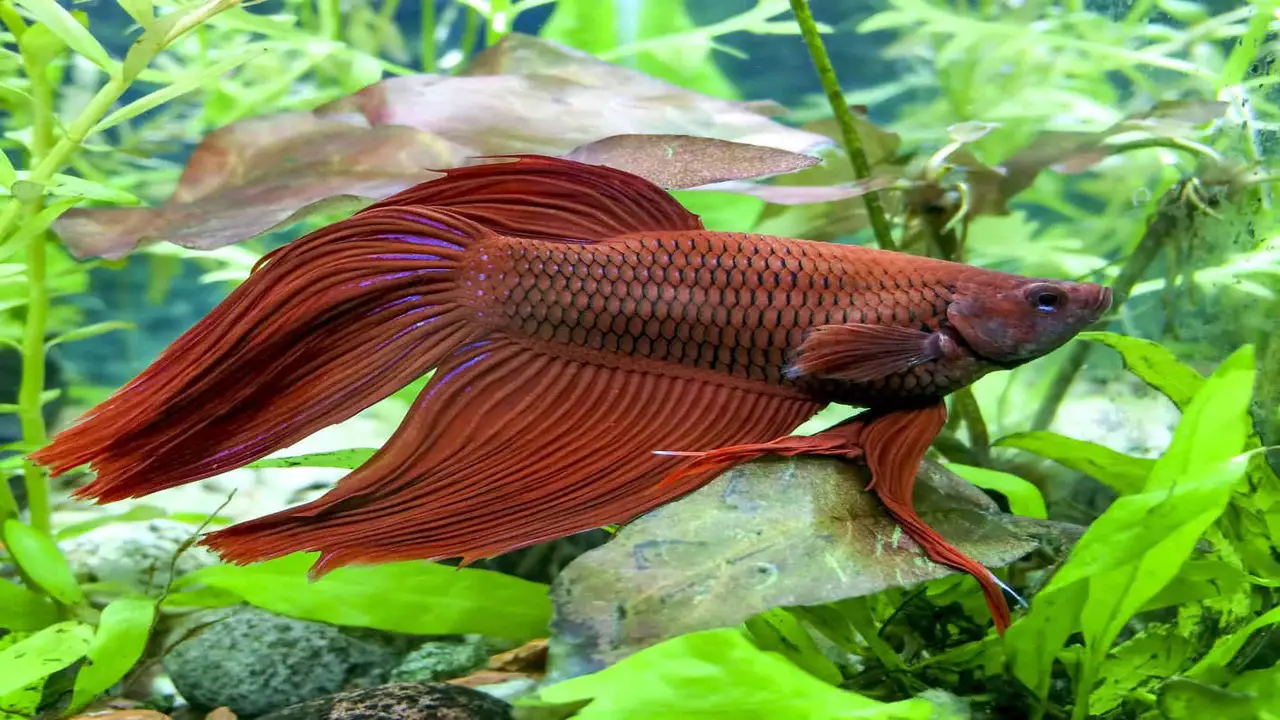
Administering antibiotics is a common treatment for bettas displaying pine-coning symptoms. Before starting antibiotic treatment, it is important to diagnose the underlying cause of pinecone correctly. Bacterial infections are often the culprit, and antibiotics such as Kanamycin or Erythromycin can effectively combat these infections.
When administering antibiotics, following the dosage instructions carefully and monitoring your betta’s condition closely throughout treatment is crucial. Alongside antibiotic treatment, improving water quality by maintaining appropriate water parameters and reducing stress can also aid in the overall treatment of betta-pine coning. By addressing both the bacterial infection and the contributing factors, you can enhance the recovery process for your betta fish.
Preparing Epsom Salt Baths
To help treat Betta-pine coning and reduce swelling, Epsom salt baths can be highly effective. The first step is to dissolve 1 teaspoon of Epsom salt per gallon of water, ensuring the water is at the same temperature as the Betta’s tank. Then, carefully soak the Betta in the Epsom salt bath for 10-15 minutes twice daily.
After each bath, return the Betta to its tank and closely monitor its behavior. If symptoms persist or worsen, it is crucial to consult with a veterinarian or aquatic specialist for further guidance. By utilizing Epsom salt baths as part of the treatment plan, the swelling can be reduced, aiding in the healing process for the betta fish.
Monitoring Betta Fish During Treatment
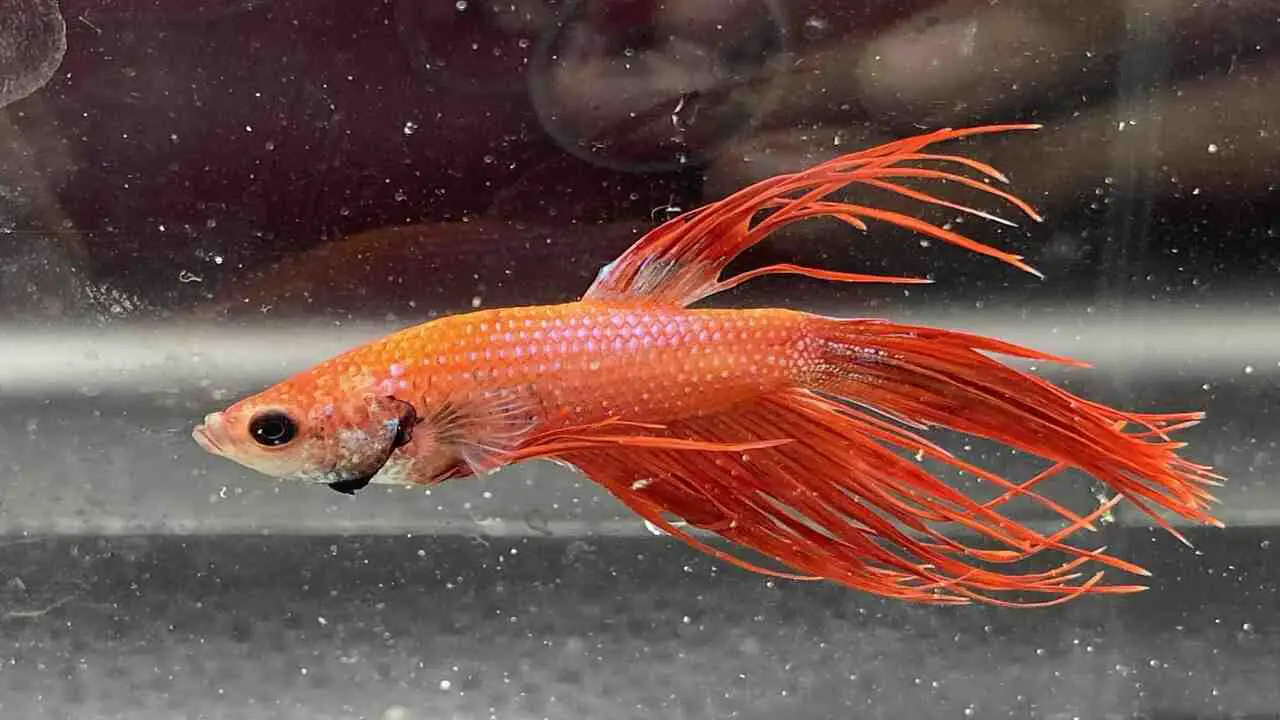
During the treatment for betta-pine coning, closely monitoring your betta fish for signs of progress is crucial. Look out for indicators such as reduced swelling or increased activity, as these are positive signs that the treatment works. However, if there is no improvement or the condition worsens, it is advisable to consult a veterinarian or aquatic specialist immediately.
They can provide further guidance and adjustments to the treatment plan, ensuring that your betta receives the best care possible. Remember to continue the prescribed treatment until the pine coning has fully resolved. Maintaining proper water conditions and a nutritious diet is essential for preventing future health issues. By closely monitoring your betta fish and following these steps, you can help them recover and thrive.
Adjusting Water Parameters
Maintaining stable water temperature and pH levels is essential for treating betta-pine coning. Adjusting these water parameters can create a healthier environment for your betta fish to recover. Additionally, aquarium salt can help reduce swelling and promote healing. It’s important to regularly change the water in the aquarium and ensure proper filtration to remove any harmful substances that may hinder the recovery process.
If you’re dealing with severe cases or persistent symptoms, it’s always best to consult a veterinarian specializing in treating betta fish. Remember, adjusting water parameters is just one aspect of the treatment for betta-pine coning. It’s crucial to address any underlying problems and provide proper nutrition to support the immune system of your betta fish.
Ensuring Proper Nutrition
Providing a well-balanced diet rich in high-quality protein prevents pine coning in bettas. To ensure optimal nutrition, feeding your betta various foods is important. This can include pellets, frozen or live foods, and even vegetables. However, it is important to avoid overfeeding, as excess food can lead to constipation and other health issues.
In addition to a varied diet, you may also consider supplementing your betta’s diet with vitamins or probiotics to support your immune system. Consulting with a veterinarian can provide specific dietary recommendations and treatment options tailored to your betta’s needs.
Recognizing Signs Of Recovery
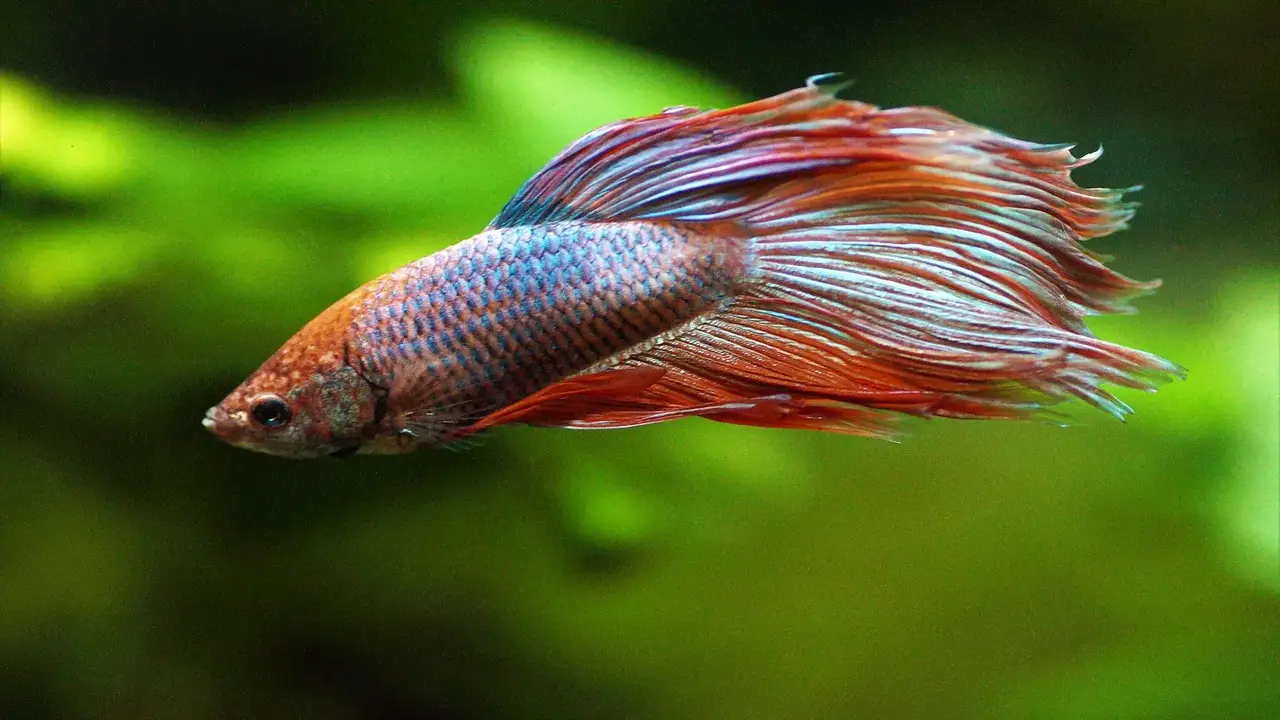
During the treatment process for betta-pinecone, closely observing your betta fish for signs of improvement is important. Regularly monitor their behavior and appearance to gauge their progress. Look for positive changes, such as increased activity and appetite, which indicate that the treatment works effectively. Additionally, you should notice a decrease in pine coning, which refers to the raised scales.
Successful treatment should lead to a gradual reduction in this symptom. However, if you notice that the symptoms persist or worsen despite the treatment, it may be necessary to adjust the treatment plan or seek veterinary care. Remember that patience and consistent care are key to helping your betta fully recover from pinecone.
Conclusion
Betta pineconing is a serious condition that requires prompt attention and treatment. By identifying the symptoms early on and following a step-by-step treatment plan, you can help your betta fish recover and prevent further complications. It’s important to address the underlying causes of betta-pine coning, such as poor diet, internal infections, stress, and bad water chemistry.
It is crucial to provide your betta fish with proper nutrition, maintain a clean and healthy environment, and monitor their progress during treatment. Remember to consult a veterinarian or experienced fish keeper for guidance and support. With the right care and treatment, your betta fish can overcome pine coning and regain their health.
Frequently Asked Questions
Can A Fish Survive Dropsy?
Surviving dropsy is difficult for fish as it is a serious and often fatal condition. While some fish may recover with proper treatment, the chances of survival are low. Isolating the affected fish and administering prescribed medication can help, but prevention through good water quality and hygiene is crucial.
Why Does My Betta Fish Look Like A Pinecone?
Pineconing in betta fish is a symptom of dropsy, a bacterial infection that affects the fish’s kidneys. This condition can be caused by poor water quality, overfeeding, or underlying health issues. Prompt treatment is important as dropsy can be fatal if left untreated.
What Does It Mean When A Betta Fish Is Pinecone?
Pineconing in betta fish occurs when their scales resemble a pinecone, indicating severe illness or infection. Factors like poor water quality, improper diet, and parasites can cause it. Treatment involves improving water quality and consulting a veterinarian for medication.
Can A Betta Recover From Dropsy?
Recovery from dropsy is possible for betta fish if diagnosed early and treated promptly. Antibiotics, aquarium salt, and clean water conditions are typically used in treatment. Addressing underlying causes like poor water quality and nutrition is important to prevent recurrence. In severe cases, euthanasia may be necessary to alleviate further suffering.
What Does The Pinecone Scale Betta Look Like?
Pineconing in bettas is a serious condition that can be fatal if left untreated. This symptom causes the scales to stick out from the body, resembling the texture of a pinecone. Other signs include lethargy, loss of appetite, and discoloration. Prompt treatment with antibiotics, clean water, and supportive care is crucial.

Aquarium passion is all about connecting with the aquatic life and providing education to the public on the importance of these creatures. We showcase a wide variety of marine life through our exhibits as well as working with schools to provide unique learning opportunities for students of all ages.

